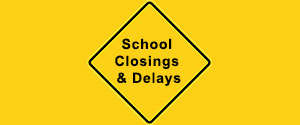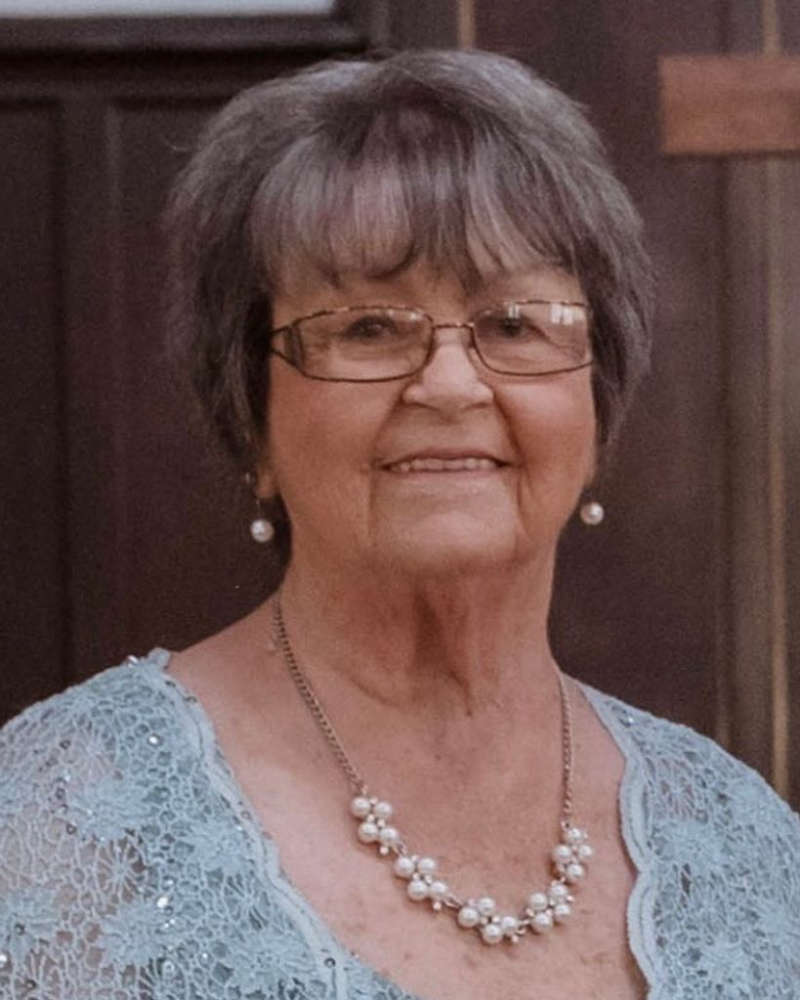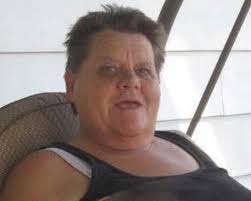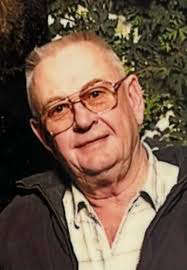
Loren “Hank” Hemingway, a starting forward for Shelbyville’s 1947 state championship basketball team, died on May 5 in Indianapolis. He was 95.
Hemingway’s passing leaves Don Chambers as the lone surviving Golden Bear player from that historic squad.
“I was Hank’s substitute,” said Chambers in a telephone conversation from his home in New Castle this week. “Hank had a tendency to get into foul trouble, so I was in a lot. He was our strongest player; sort of our enforcer under the basket. They called the game much closer back then so Hank drew his share of fouls.”
The state semifinal and final game box scores reflect that point as Hemingway fouled out of both contests.
Still, Hemingway’s strength, determination and basketball skill made him a true force down low.
“You usually played three out and two in in those days,” said Chambers. “But (Bill) Garrett, (Marshall) Murray and Hank were such great rebounders, we often had three guys controlling the game inside.”
Hemingway moved to Shelbyville from Franklin the summer before his freshman year in 1943. His father had accepted a job as manager of a grocery store and, as Tom Graham explains in his book, “Getting Open: The Unknown Story of Bill Garrett and the Integration of College Basketball,” moving was the only option for families in those days.
“Even if the family could have afforded a car for the commute, wartime gasoline rationing would have made it impossible,” writes Graham.
Hence, it was a somewhat awkward and shy Loren Hemingway who prepared for his initial year of high school at Shelbyville.
“They lived on Washington Street across from the hospital,” remembers Chambers.
When basketball practice started, Hemingway quickly befriended black Shelbyville players Garrett, (Emerson) Johnson and Murray and routinely joined them for pick-up games on the court behind the segregated Booker T. Washington Elementary School on South Harrison Street.
The contingent became the best freshman team in SHS history and compiled a 16-6 varsity record as juniors in 1946 before losing to Columbus in the sectional. Columbus had always been the larger community and school and the Golden Bears’ athletic nemesis. This led to an intense super-rivalry between the schools from the 1940s through the 1960s.
Hemingway had earned a spot as a starting forward his junior year. There was a palpable sense of community optimism prior to that 1946-47 season. Shelbyville returned a strong group of seniors and solid players Bill Breedlove, Murray and Chambers were moving up from the “B” (junior-varsity) team.
The previous year the Bears had upset eventual 1946 state champion Anderson during the regular season, hence the people of Shelbyville were anticipating success in 1947.
Shelbyville lost an early-season battle with Columbus but avenged that setback with a later win. The Bears then defeated the Bulldogs 48-36 in the sectional semifinals before easily eliminating Franklin Township to win the 1947 title.
Hemingway gave the Bears a 2-0 lead in the state championship contest against Terre Haute Garfield with a tip-in to start the game. He finished with five points, however his most significant contribution was controlling the boards on the defensive end and limiting Garfield’s six-foot, nine-inch center Clyde Lovelette’s rebounding effectiveness enroute to a 68-58 Golden Bears victory.
Hemingway (photo) was listed at 6-2 but Chambers begs to differ.
“Hank was no more than 6-1. They always exaggerated heights in those days,” said Chambers. “He did an incredible job on Lovellette.”
Foul trouble notwithstanding, Hemingway’s dynamic play was lauded by the sportswriters and earned him an honorable mention spot on the state finals All-Tournament Team. He and his fellow starters, Garrett, Johnson, Murray and Breck each received the 1947 Shelbyville Basketball Paul Cross Award.
The 1947 Bears finished with a record of 25-5, won their final 15 games and handed Terre Haute Garfield its only loss of the season. Ironically, Garfield was guided by Indiana Basketball Hall of Fame Coach Willard Kehrt, a former Indiana University basketball captain and a 1930 Shelbyville High School graduate.
Lovellette went on the star at Kansas and lead them to an NCAA championship in 1952. He became a four-time NBA All-Star and is a member of the Naismith National Basketball Hall of Fame.
Hemingway also played on Shelbyville’s baseball team. He assumed duties at first base his junior year, then moved behind the plate as a senior.
Following graduation, Hemingway enrolled at New Mexico State Teachers College (formerly Western New Mexico University) to play for Shelbyville graduate and former Indiana University All-American Ken Gunning. After one season, he followed Gunning to the University of Wichita (now Wichita State) where he played the ensuing three years (photo, right).
Following his 1952 college graduation Hemingway enlisted in the United States Army for a three-year stint. After his military service, he taught social studies and coached the junior varsity team at Whiteland High School for four years. He returned to Shelbyville to serve as assistant basketball coach (photo, left) for Dee Compton and later Denny Blind from 1959 through 1964.
Hank left teaching and coaching in 1964 for a career in private business. He maintained a devout faith and was active in St Joseph Catholic Church in Shelbyville for many years. He eventually retired to the Taylorsville area where, to his chagrin, his residence was listed as a Columbus address.
Hank married his wife, Lela Jo, in 1952 and she survives. The couple had three children, four grandchildren and three great-grandchildren.
Chambers, 94, who still works at the Indiana Basketball Hall of Fame in New Castle, had maintained regular contact with Hemingway.
“I would talk to him a couple of times a year,” said Chambers. “I remember Hank was too weak to come to the 75th anniversary celebration of the state championship that we had in Shelbyville in 2022,” said Chambers. “I would talk to him a couple of times a year. I guess this makes me the last one.”
Chambers will proudly carry the figurative banner as the last surviving team member; however, the 1947 Bears and their success will live on in the memories of those who watched them and for those who have studied their momentous achievements.
Hemingway was the lone surviving senior from the team. Chambers was a junior in 1947.
“I remember going to games at Paul Cross Gymnasium as a kid that year,” said former Shelbyville and Indiana University basketball standout Gary Long. “One clear memory I have is that Hank always seemed to be out in front on the fast breaks, hustling down the court. He never stopped working. You got a sense that he appreciated every second of it.”
“We listened to the afternoon game against East Chicago Washington on the radio,” continued Long. “That evening we all went to Hinkle (Fieldhouse) and tried to get tickets to get in. My dad came back with no luck so we listened on the radio in the car.
“I watched that tremendous celebration when we got back to Shelbyville. I was eight years old but watching that state championship and the celebration afterward inspired me. I wanted to be part of that excitement. I wanted to play for Shelbyville.”
Through that championship season and the lives they forged thereafter, Hank Hemingway and his teammates will continue to serve as profound inspirations to the Shelbyville community. They will be remembered as more than basketball players who won a big tournament; they will live forever as champions.
The Shelby County Post is a digital newspaper producing news, sports, obituaries and more without a pay wall or subscription needed. Get the most recent Shelby County Post headlines delivered to your email by visiting shelbycountypost.com and click on the free daily email signup link at the top of the page.
_x000D_


 Two Indiana State Fair Commission executives elected to prominent national IAFE Positions, Indiana State Fair honored with multiple awards
Two Indiana State Fair Commission executives elected to prominent national IAFE Positions, Indiana State Fair honored with multiple awards
 Letters Home: Kitakyushu, a charming castle town
Letters Home: Kitakyushu, a charming castle town
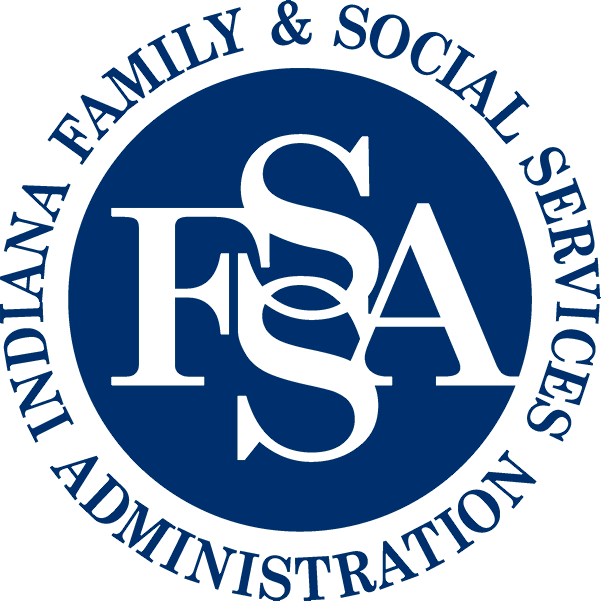 Indiana FSSA extends open enrollment for HIP and PathWays Plans through December 24
Indiana FSSA extends open enrollment for HIP and PathWays Plans through December 24
 SHS presents Lighted Holiday Forest at Ecology Lab
SHS presents Lighted Holiday Forest at Ecology Lab
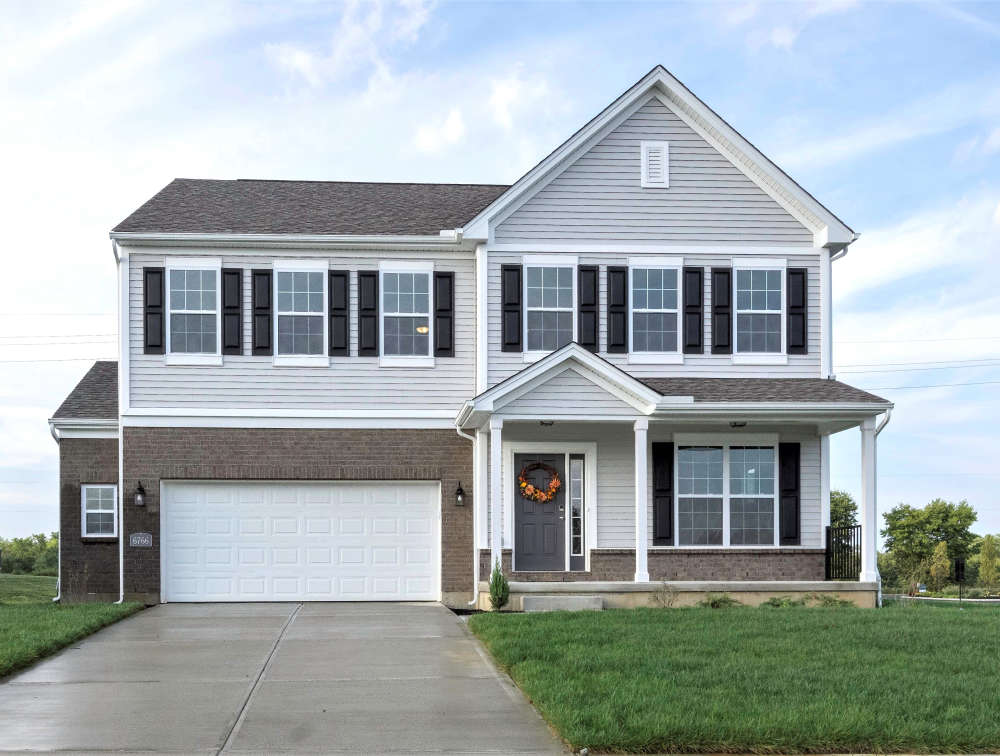 Available housing inventory continues to climb in November in central Indiana
Available housing inventory continues to climb in November in central Indiana
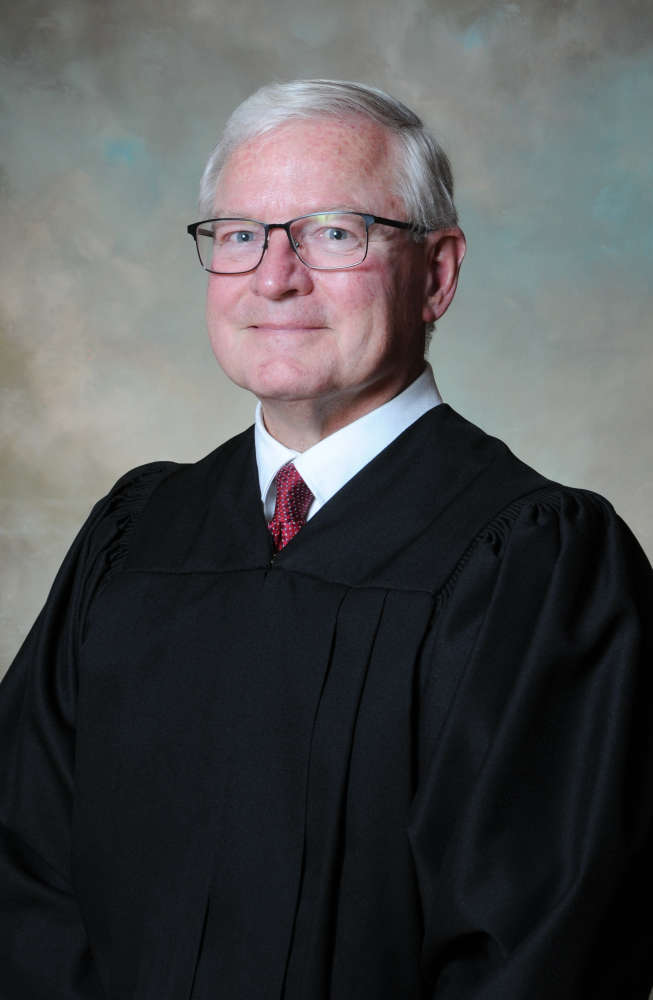 Judge Apsley announces re-election campaign
Judge Apsley announces re-election campaign
 Greenfield City Councilman announces candidacy for Sheriff of Hancock County
Greenfield City Councilman announces candidacy for Sheriff of Hancock County
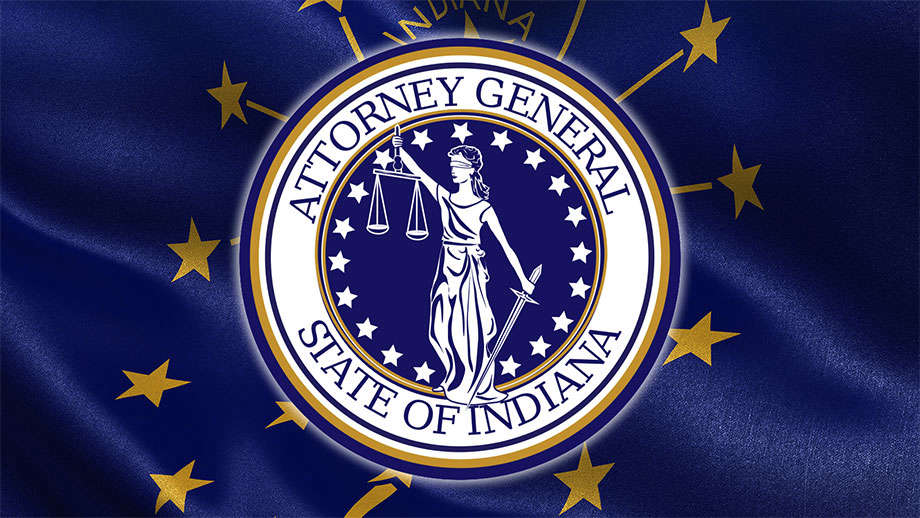 Consumer Alert: Dozens of dangerous products recalled in November
Consumer Alert: Dozens of dangerous products recalled in November
